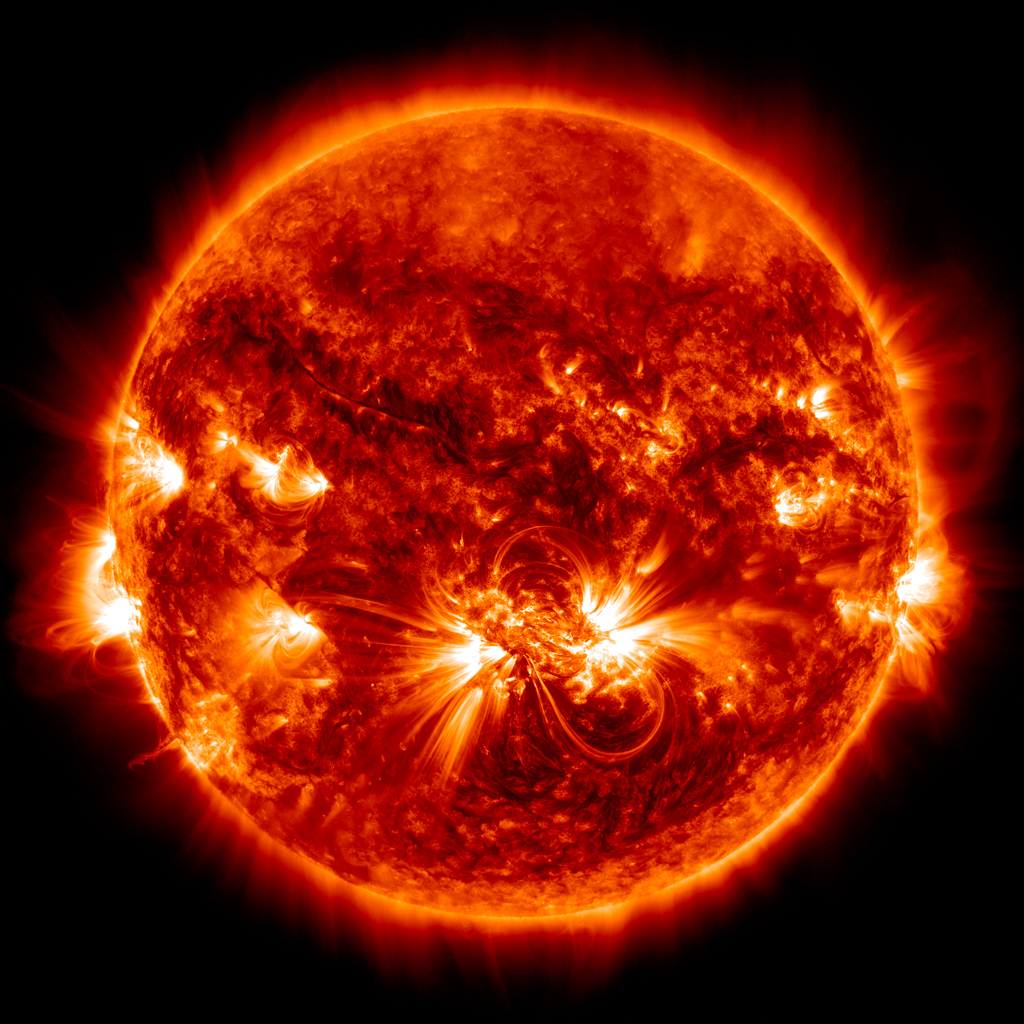
The brilliant brightness of the Sun's surface frequently obscures the corona. The corona is the Sun's atmosphere's outermost layer.
The abundances of the low FIP elements Mg, Al, and Si were estimated and found to be lower than the abundances seen in active region corona but higher than that in the photosphere.Our Sun is surrounded by an atmosphere, which is a layer of gases. This was the first observation and statistical study of such a large sample of microflares in the quiet Sun, supporting the hypothesis of the presence of even smaller scale flares everywhere on the solar corona that could be responsible for the coronal heating. This provided a unique opportunity for XSM to observe the quiet corona without active regions for long periods. The solar minimum of 2019-2020 was even more peculiar as the Sun was extremely quiet, and its activity was at the lowest level over the past century. XSM provides such measurements with very good energy resolution at every second. At present, XSM is the only instrument that provides soft X-ray spectral measurements of the Sun, i.e., measures the intensity of X-ray in different energies over the 1 to 15 keV. The XSM also supports the quantitative measurements of elemental abundances of the lunar surface using the companion payload CLASS (Chandrayaan-2 Large Area Soft X-ray Spectrometer) developed by URSC (U R Rao Satellite Centre), an ISRO centre, which measures the X-ray fluorescence spectrum from the lunar surface. “For the first time, absolute abundances of elemental Mg, Al, Si in the quiet solar corona are derived. Observations of the Sun in soft X-rays with Solar X-ray Monitor (XSM) on board ISRO’s Chandrayaan-2 mission during the deepest solar minimum of the past hundred years give exciting details about the solar corona. Global magnetic field of Sun’s atmosphere measured for the first time While there are different theories regarding the actual mechanism, one of these relies on the occurrence of a large number of small solar flares called. From observations, such as the presence of even hotter corona, called active regions above the Sunspots (dark patches seen in visible images of the Sun) where the magnetic fields are known to be stronger, it is suggested that the magnetic fields have an important role in the coronal heating. This observation is against the natural expectation that the temperatures should reduce as we go away from the source of energy, and this is known as the ‘coronal heating problem.’. Sunspots help understand life around other stars These speeds are so high that the particles can escape the Sun's gravity. The corona's temperature causes its particles to move at very high speeds. From it comes the solar wind that travels through our solar system. The corona extends far out into space. These include streamers, loops, and plumes. The Sun's magnetic fields affect charged particles in the corona to form beautiful features. This is the force that makes magnets stick to metal, like the door of your refrigerator. The surface of the Sun is covered in magnetic fields. But astronomers think that this is only one of many ways in which the corona is heated. In the corona, the heat bombs explode and release their energy as heat. A NASA mission called IRIS discovered packets of very hot material called "heat bombs" that travel from the Sun into the corona. Yet the corona is hundreds of times hotter than the Sun’s surface. The corona is in the outer layer of the Sun’s atmosphere-far from its surface. Astronomers have been trying to solve this mystery for a long time. The corona’s high temperatures are a bit of a mystery. This low density makes the corona much less bright than the surface of the Sun. As it is about 10 million times less dense than the Sun’s surface. The corona reaches extremely high temperatures. Corona consists of ionised gas at temperatures exceeding one million Kelvin, which is much higher than photospheric temperature of 6000K, the visible surface temperature of the Sun. 
It emits ultra-violet and X-ray wavelengths of the electromagnetic spectrum.However, the corona can be viewed during a total solar eclipse.

That makes it difficult to see without using special instruments.The corona is usually hidden by the bright light of the Sun's surface.The Sun’s corona is the outermost part of the Sun’s atmosphere.GS PAPER III: Science and Technology- developments and their applications and effects in everyday life.Ĭontext: An instrument on board India’s Chandrayaan-2 mission has provided outstanding science results on the solar corona and heliophysics.






 0 kommentar(er)
0 kommentar(er)
